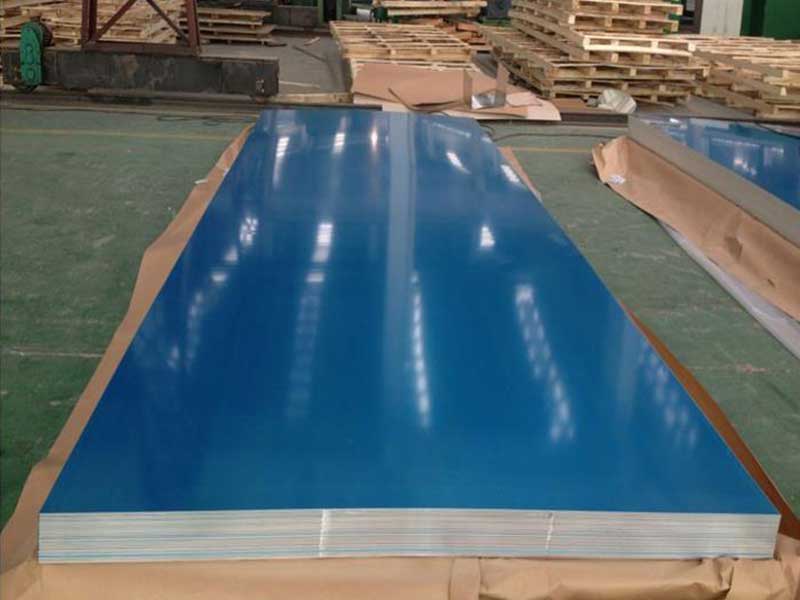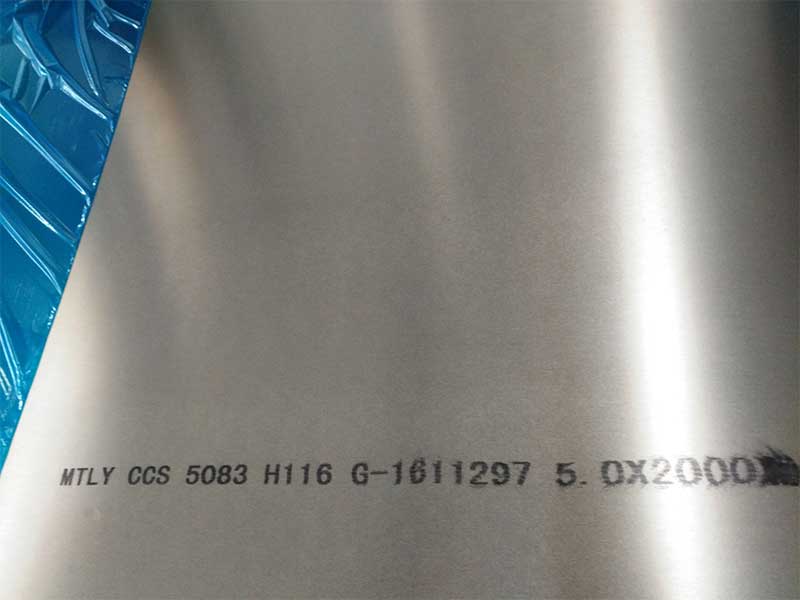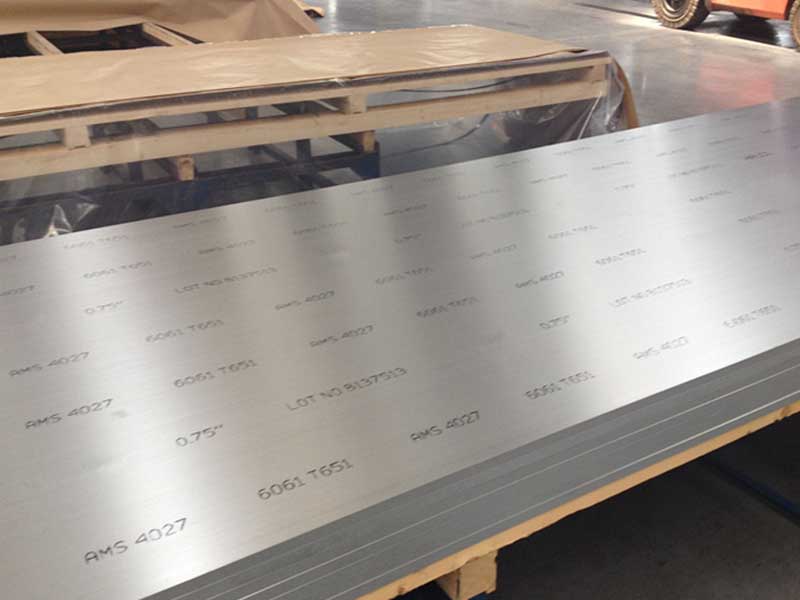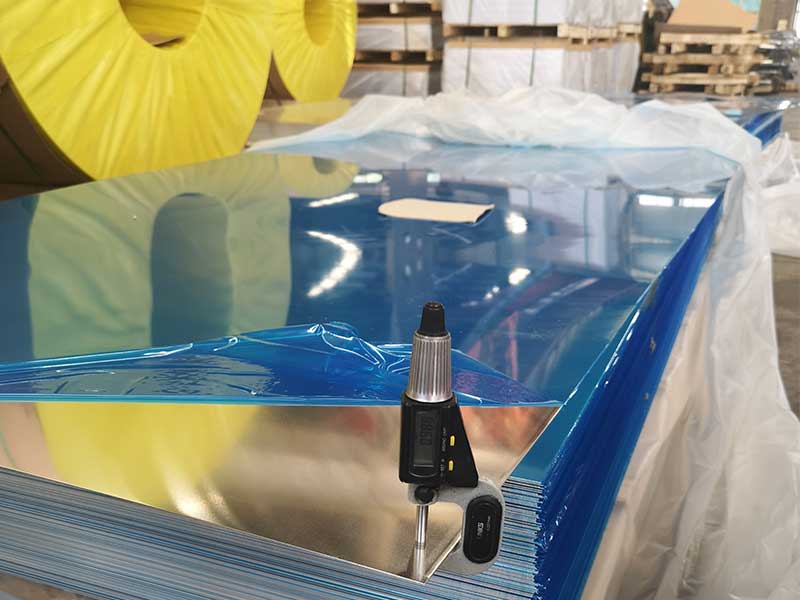2024-10-22 https://www.aluminum-coils.com/a/aluminum-sheet-specifications.html
Aluminum sheets are an indispensable material across multiple industries, valued for their lightweight, corrosion-resistant properties, and versatility. In this article, we will delve into aluminum sheet specifications, helping you understand the various options available and how to select the best material for your specific applications.
1. What are Aluminum Sheets?
Aluminum sheets are flat pieces of aluminum metal created by rolling the material into thin sheets. They come in a variety of thicknesses, sizes, and alloys, making them a popular choice for manufacturers, builders, and metalworkers alike. The key specifications for aluminum sheets that you should be aware of include thickness, alloy composition, temper, surface finish, and dimensions.
1.1 Aluminum Sheet Thickness
Aluminum sheets are available in a wide range of thicknesses, typically from 0.006 inches (0.15mm) up to 0.25 inches (6mm) and beyond. Common thickness categories include:
- Standard Gauge: Commonly specified in gauges (like 12ga, 14ga), indicating 0.080 inches (2mm) for 12-gauge, and 0.064 inches (1.6mm) for 14-gauge sheets.
- Metric Measurements: Generally specified in millimeters (mm), the thickness may vary as per application requirements.
1.2 Aluminum Alloys
Aluminum sheets are made from various alloys, chosen for their properties suitable for specific applications. The most common aluminum alloys include:
- 1000 Series: Known for excellent corrosion resistance and high thermal and electrical conductivity. Used mainly for chemical and food processing.
- 3000 Series: Offers moderate strength and good corrosion resistance. Often used in packaging and cooking applications.
- 5000 Series: Great for marine applications with high resistance to corrosion. Often found in shipbuilding and architectural applications.
- 6000 Series: Provides good corrosion resistance and medium-to-high strength. Used in structural components and frames.
1.3 Temper and Hardness
The temper of an aluminum sheet indicates its strength and flexibility, categorized into several temper designations:
- F (As Fabricated): The sheet is in its softest condition.
- O (Annealed): Softened by heating to increase ductility.
- H (Strained Hardening): Indicates various levels of hardness through manipulation.
- T (Thermal Treatment): Achieved through forming, annealing, or other thermal processes to stabilize properties.
1.4 Surface Finish
The surface finish of aluminum sheets can significantly affect both aesthetics and performance. Common finishes include:
- Mill Finish: Basic finish with an unpolished surface, leaving the natural aluminum appearance.
- anodized Finish: Enhanced durability and corrosion resistance due to a protective oxide layer.
- Brushed Finish: Achieved through mechanical polishing for a textured appearance.
- Painted Finish: Coated with various paints for added protection and aesthetic appeal.
1.5 Dimensions
Aluminum sheet dimensions must meet specific fit criteria for various applications. Common dimensions may include:
- Length and Width: Standard dimensions include 4' x 8', 5' x 10', etc., though custom sizes can be ordered.
- Custom Cuts: Many manufacturers provide custom cuts to meet specific project needs.
2. Applications of Aluminum Sheets
With such diverse specifications, aluminum sheets are widely employed in various sectors, including:
- Aerospace: Lightweight sheets are used for structures and components.
- Automotive: Provides strength while reducing overall vehicle weight.
- Construction: Used in roofing, siding, and window frames for durability.
- Packaging: Common in the food and beverage industry for containers and labels.
3. Choosing the Right Aluminum Sheet
When choosing an aluminum sheet, it's essential to consider the following factors:
- Application Requirements: Determine the necessary thickness, alloy, and surface finish based on the intended use.
- Regulatory Compliance: Ensure the selected aluminum alloy meets industry standards and regulations.
- Cost-Efficiency: Compare costs based on specifications while balancing quality and durability.












